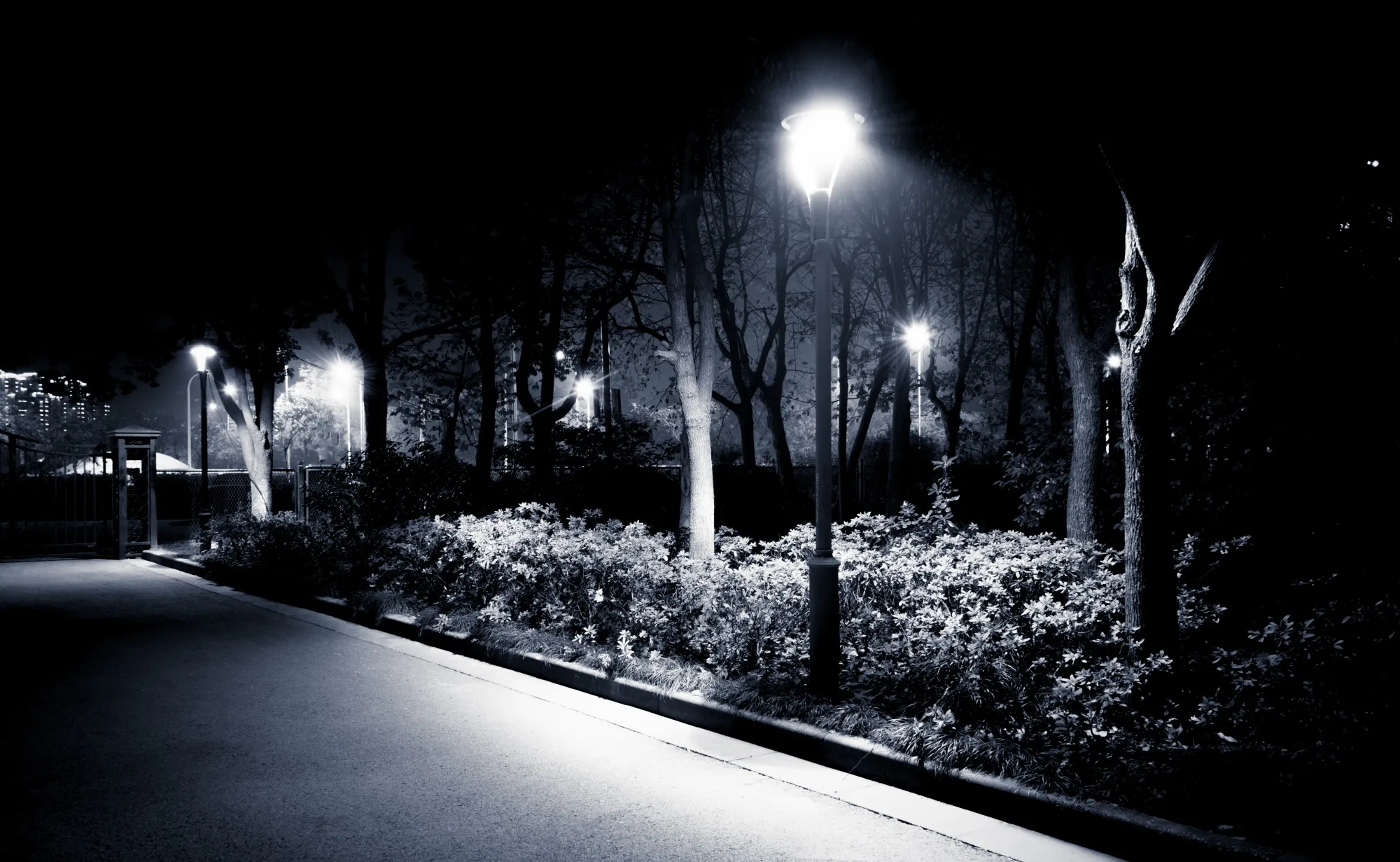Key Takeaways
- Weather can significantly impact outdoor lighting, affecting both performance and longevity.
- Proper maintenance and protective measures can enhance the durability and efficiency of your lighting system.
Table of Contents
- Effects of Weather on Outdoor Lighting
- How Rain and Moisture Pose a Challenge
- Safeguarding Your Lighting against Snow and Ice
- The Impact of Sunshine on Lighting Fixtures
- Wind’s Effect on Lighting Structures
- Regular Maintenance and Precautionary Measures
- Technological Options for Weather-Resistant Lighting
Effects of Weather on Outdoor Lighting
Outdoor lighting systems are built to endure different weather conditions but can still suffer from the negative impacts of the elements. Whether facing seasonal shifts or extreme weather events, lighting fixtures must contend with rain, wind, snow, and even intense sunlight. Each element introduces distinct challenges that can compromise the effectiveness and durability of lighting systems. For instance, prolonged exposure to harsh weather can lead to rust, electrical issues, and material degradation, all of which reduce the lifespan of your lighting.
Understanding these impacts is critical for taking proactive measures to protect your investment. In regions with diverse climates, such as those residents seeking outdoor lighting repair in Charlotte, NC, preparing for variable weather patterns is essential to ensure consistent illumination and avoid unexpected repairs.
How Rain and Moisture Pose a Challenge
Rain is one of the most relentless adversaries of outdoor lighting, often creeping into fixtures and electrical connections. Water intrusion can lead to electrical failures, corrosion of metal components, and even shorts that pose safety hazards. This issue is particularly pressing in areas with frequent rainfall and high humidity, where additional preventive measures must be taken to preserve lighting system integrity.
Implementing waterproofing solutions, such as sealed enclosures and weather-resistant fittings, can effectively protect against moisture. Regular maintenance, including inspections and timely repairs, becomes indispensable in managing weather-related damages. For locations where robust defenses against rain are critical, these strategies are not only practical but necessary to ensure the longevity and reliability of outdoor lighting.
Safeguarding Your Lighting against Snow and Ice
Snow and ice present their challenges, often placing additional strain on outdoor lighting systems. Snow accumulating around fixtures can obstruct light output, forcing bulbs to work harder and increasing the risk of overheating. Ice formation adds weight and compounds the risk of physical damage due to its expansion during freeze-thaw cycles.
To combat these effects, insulating fixtures with weatherproof covers and utilizing fixtures designed to withstand cold weather can be beneficial. Furthermore, positioning lights under eaves or in semi-protected areas can help free them from snow accumulation. Regular snow clearance and frequent checks for ice damage ensure the lighting remains functional during harsh winter months.
The Impact of Sunshine on Lighting Fixtures
While sunshine is less frequently considered a threat, its impact on outdoor lighting can be substantial. Prolonged UV exposure leads to material degradation, causing plastics to become brittle and paints to fade. This reduces the aesthetic and functional quality of lighting fixtures, a common issue in sunny climates where direct sunlight constantly bombards fixtures.
Choose lighting materials specifically engineered to resist UV damage and counteract the sun’s effects. Applying UV-resistant coatings to metal surfaces and choosing fixtures constructed from resilient materials such as stainless steel can help reduce damage caused by sunlight. Thoughtful positioning of lights in shaded spots or employing shields to obstruct harmful rays can further extend the lifespan of outdoor lighting arrangements.
Wind’s Effect on Lighting Structures
Strong winds pose a significant risk to the stability of outdoor lighting, particularly tall or pole-mounted fixtures. Wind can cause fixtures to sway, vibrate, or even topple if they are not securely mounted. This exposure leads to physical wear, potential misalignment, and points of stress that could eventually compromise the installation.
To defend against wind damage, ensure fixtures are firmly anchored with sturdy, well-designed mounts. Choose lighting solutions that explicitly factor in aerodynamics and features to minimize wind resistance. Additionally, placing lights in locations less prone to high winds or reinforcing them with guy wires or brackets can provide added security.
Regular Maintenance and Precautionary Measures
Preventing weather-related damage to outdoor lighting requires regular preventative maintenance. Frequent inspections prevent small problems from becoming more serious and requiring costly repairs by enabling homeowners and property managers to see corrosion, weak connections, or debris accumulation early on.
Committing to diligent care can involve scheduled inspections and using high-quality materials that are less prone to degradation. Leveraging a maintenance contract with a reputable service provider can be particularly beneficial in maintaining optimal performance throughout the year.
Technological Options for Weather-Resistant Lighting
Advancements in lighting technology offer intriguing options for those seeking weather-resistant solutions. LED lights, in particular, are praised for their longevity, energy efficiency, and durability in the face of challenging weather conditions, outperforming traditional bulbs in many respects. Their cool operation temperature and sealed designs make them less susceptible to environmental damage.
Smart lighting systems are another promising avenue, as they can automatically adjust to environmental conditions, optimizing light output and energy use. For those interested in exploring further, the advancements in LED lighting provide valuable insights into sustainable and resilient lighting technologies. Integrating these systems into outdoor lighting ensures reliable performance and supports energy conservation and cost efficiency.

